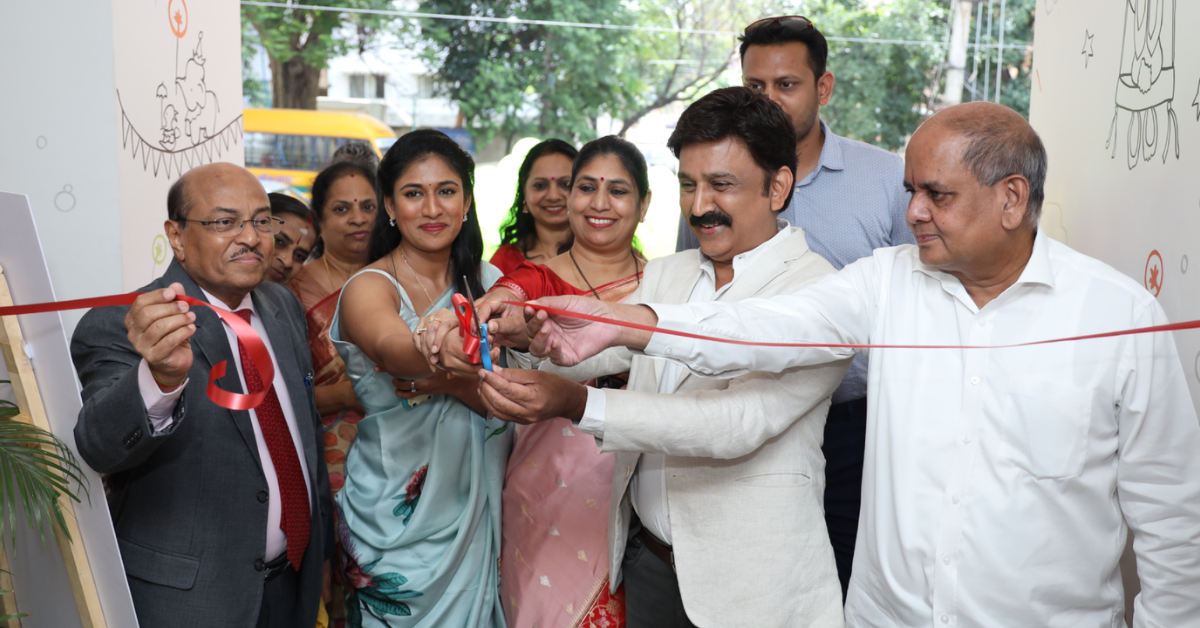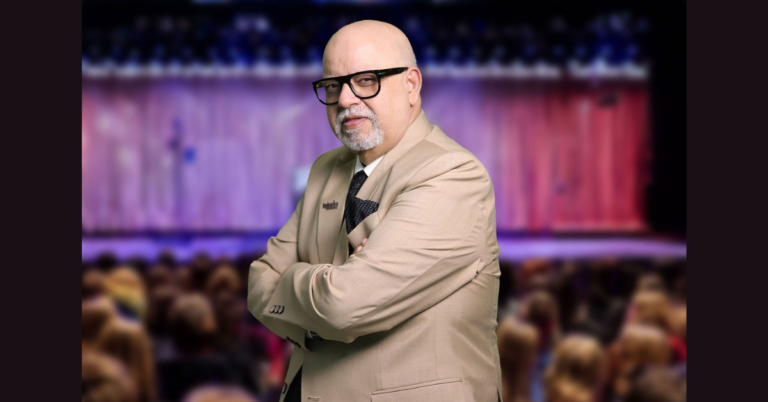The Best Preschool Near Me: A Guide to Choosing the Right One for Your Child
When it comes to choosing the Best Preschool Near Me for your child, the decision is deeply personal. A preschool is not just a place where children spend a few hours of their day; it’s an environment that shapes their early learning experiences, social development, and overall growth. With so many options available, selecting the right preschool near you can be overwhelming. This guide will help you navigate the process of finding a preschool that aligns with your values and meets your child’s needs.
Understanding the Importance of Preschool
Preschool is the foundational stepping stone in a child’s educational journey. It provides a structured environment that introduces children to the basics of education—language, numbers, and social skills. More importantly, it offers a nurturing space where children can explore, play, and begin to develop the emotional and cognitive skills they need for future learning. The quality of the preschool experience has a lasting impact on your child’s academic and social development.
Key Factors to Consider When Choosing the Best Preschool
Selecting the right preschool is a major decision, and there are several factors you need to consider to ensure that your child’s needs are met.
1. Location and Accessibility
The location of the preschool plays a significant role in your decision. A preschool that is close to your home or workplace can make drop-offs and pick-ups more convenient for both you and your child. Additionally, proximity to your home can reduce the time spent in traffic, which can be a relief for both parents and young children.
2. Curriculum and Learning Approach
Each preschool has its own educational philosophy, and it’s important to choose one that aligns with your values and your child’s learning style. Some preschools follow a more structured approach, focusing on academic basics, while others emphasize creative play and social skills. Here are some common approaches you might find:
-
Play-Based Learning: This approach is centered around learning through play. It emphasizes hands-on activities, exploration, and creativity, allowing children to learn at their own pace in a fun, relaxed environment.
-
Academic-Based Learning: Some preschools focus on early academics, such as literacy and numeracy, to prepare children for elementary school. This approach might involve more structured lessons, worksheets, and group activities.
-
Montessori Method: Based on the work of Maria Montessori, this approach encourages self-directed learning. Children choose activities that interest them, and teachers act as guides to help foster independence and critical thinking.
-
Reggio Emilia Approach: This approach values children’s natural curiosity and encourages them to explore and express their ideas through art, music, and other creative outlets.
Ensure that the preschool’s curriculum is developmentally appropriate for your child’s age and promotes their overall well-being, fostering both cognitive and emotional growth.
3. Teacher Qualifications and Experience
The qualifications and experience of the teachers at a preschool can greatly influence the quality of education and care your child receives. Teachers should be well-trained in early childhood education and have a genuine love for working with young children. Look for teachers who are patient, empathetic, and experienced in creating a positive and nurturing classroom environment.
It’s also beneficial to find out if the preschool staff regularly participate in professional development opportunities. Continuing education helps teachers stay updated on the latest research and best practices in early childhood education.
4. Teacher-Student Ratio
The teacher-to-student ratio is a critical factor in ensuring that each child receives individualized attention. Smaller class sizes allow teachers to interact more closely with each child, which enhances learning and promotes a supportive environment. A lower ratio also makes it easier for teachers to identify and address any learning or behavioral challenges early on.
5. Facilities and Safety
Safety should be a top priority when selecting a preschool. The preschool should have childproofed facilities, clean and well-maintained spaces, and age-appropriate furniture. The premises should also have secure entryways to prevent unauthorized access and a well-defined emergency evacuation plan.
It’s also worth checking if the preschool has indoor and outdoor play areas where children can explore, exercise, and interact with their peers. These areas should be designed with safety in mind, with soft ground surfaces and supervised play to prevent accidents.
6. Social and Emotional Development
Preschool is not only about learning academic concepts but also about fostering social and emotional development. Children learn how to interact with peers, share, take turns, and resolve conflicts during this stage of life. A preschool that emphasizes these social skills will help your child build confidence, empathy, and emotional intelligence.
Look for a preschool that encourages positive interactions, promotes kindness and respect, and provides a nurturing environment where children feel safe to express their emotions.
7. Parent Involvement and Communication
A strong partnership between parents and teachers is essential for a successful preschool experience. Look for a preschool that encourages regular communication between parents and staff. This can include parent-teacher conferences, newsletters, and opportunities for parents to volunteer or participate in classroom activities.
Additionally, ask about the preschool’s approach to discipline. Positive reinforcement strategies, rather than punitive measures, help children learn appropriate behaviors in a supportive way.
8. Reviews and Reputation
Before making a final decision, take the time to read reviews from other parents. Online reviews, testimonials, and word-of-mouth recommendations can provide valuable insights into the preschool’s quality and reputation. While every child’s experience may differ, patterns in reviews can help you assess the overall atmosphere and effectiveness of the preschool.
What to Expect on Your Visit
Once you’ve narrowed down your choices, it’s time to visit the preschools in person. During your visit, be sure to:
-
Observe the Classroom: Pay attention to how children interact with each other and the teacher. Are they engaged and happy? Does the teacher interact with the children in a positive, nurturing way?
-
Ask Questions: Don’t hesitate to ask about the curriculum, teacher qualifications, safety measures, and other aspects of the preschool. The staff should be open and willing to answer your questions.
-
Take Notes: It can be helpful to take notes during your visit so that you can compare different preschools and make an informed decision.
Frequently Asked Questions (FAQ)
Q1: How do I know if my child is ready for preschool?
A: Readiness for preschool varies from child to child. Some signs that your child may be ready include the ability to follow simple instructions, interact with peers, and express their needs. It’s also helpful if they can engage in short periods of structured activities, such as listening to a story or participating in a group activity.
Q2: How much time should my child spend in preschool each day?
A: Most preschools offer half-day or full-day programs. The appropriate amount of time depends on your child’s age and temperament. For younger children, shorter days may be more manageable. For older children, full days may provide more opportunities for learning and socialization.
Q3: What should I look for in a preschool’s facilities?
A: Key things to look for include clean, safe, and well-maintained classrooms and play areas, secure entryways, and age-appropriate furniture. Ensure the preschool has ample space for physical activities and quiet areas for rest and reading.
Q4: How important is the preschool’s curriculum?
A: The curriculum is an essential part of your child’s development. It should be balanced, engaging, and appropriate for your child’s age. A well-rounded curriculum includes a mix of academic activities, play, socialization, and emotional growth.
Q5: How can I assess a preschool’s teacher quality?
A: Look for teachers who are qualified in early childhood education and have a passion for teaching young children. Visit the classroom to observe how teachers interact with students and how they manage the classroom environment.
Conclusion
Choosing the best preschool near you requires careful consideration of your child’s needs, the preschool’s curriculum, facilities, and the qualifications of its staff. By evaluating these factors and visiting several preschools, you’ll be better equipped to make an informed decision that will set your child on a path to a positive and enriching educational experience. Remember, the right preschool can play a crucial role in shaping your child’s academic and social growth for years to come.







